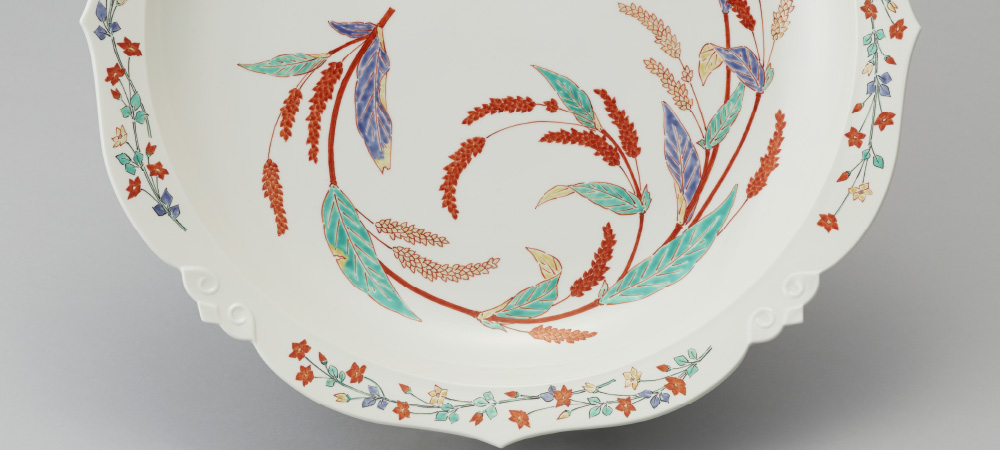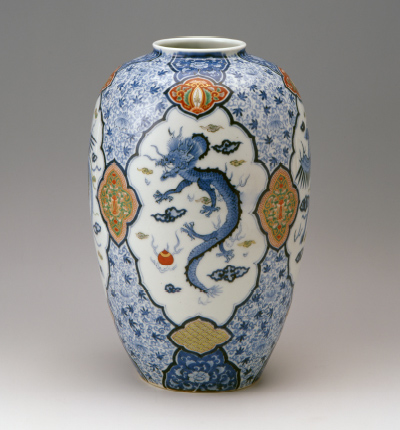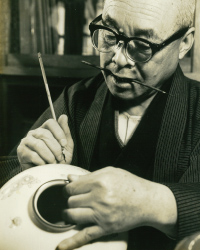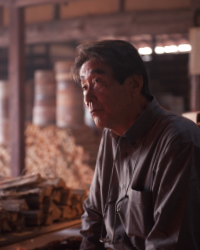




Kakiemon XI (1845-1917) was active during the Meiji period. An enthusiastic participant in international exhibitions, he repeatedly won prizes for his work. However, the military adventures of the Taisho and early Showa periods created hard times.


The masters who worked for an authentic revival of the Kakiemon Kiln were Kakiemon XII (1878-1963) and Kakiemon XIII (1906-1982). Taking a fresh approach to the history and traditions of the Kakiemon Kiln, they painstakingly researched the nigoshide style of porcelain, which had flourished at the end of the 17th century, and revived it successfully in 1953. In order to return to the golden era, they completely revitalized historical Kakiemon-style porcelain in which vividly colored designs were painted in ways that left sufficient empty space to appreciate the unique warmth of the milky-white base. This became an overnight sensation, and with enthusiastic support throughout the country, the nigoshide technique was designated as an important intangible cultural asset (general designation). Subsequently, nigoshide overglaze porcelain has become established as a representative ware of the Kakiemon Kiln.

Kakiemon XIV (1934-2013), who became the head of the house in 1982, has followed up the accomplishments of his grandfather and father by energetically holding solo exhibitions. His boldly colored porcelain won high accolades nationally and internationally, and in 2001 he himself was designated as an important intangible cultural asset (Living Cultural Treasure) of Japanese porcelain with overglaze enamels. Having departed this world in 2013 and sorely missed, he has been succeeded by Kakiemon XV (1968-).